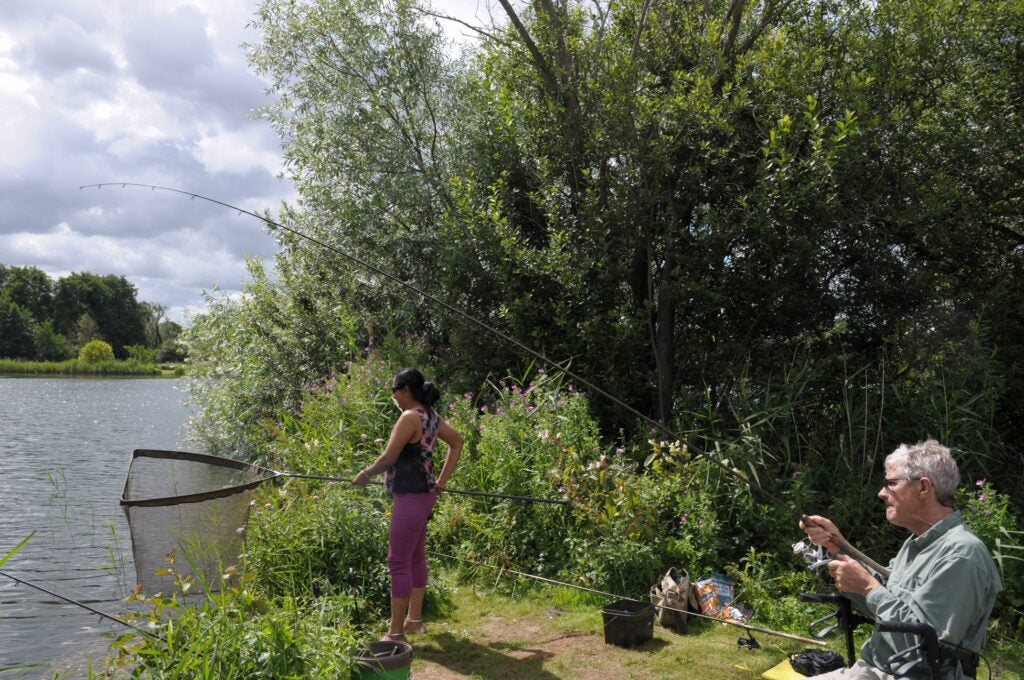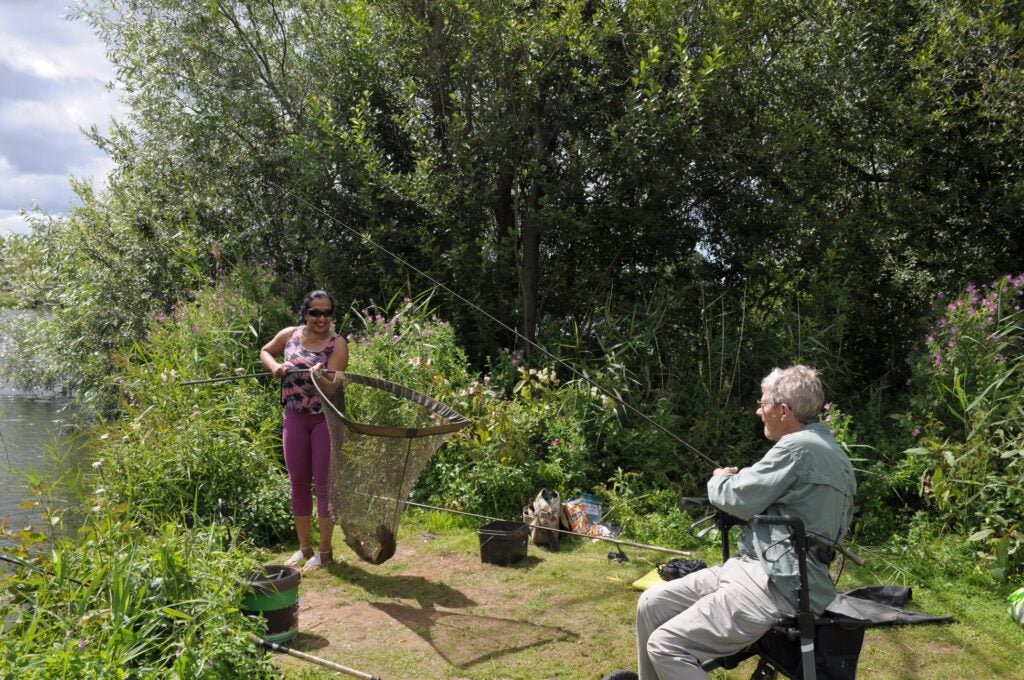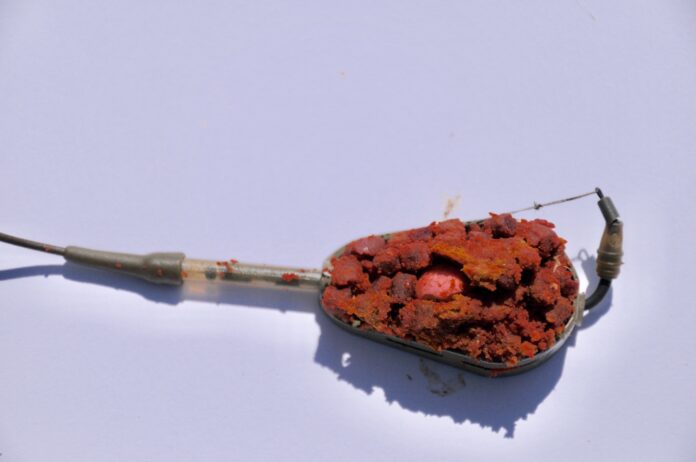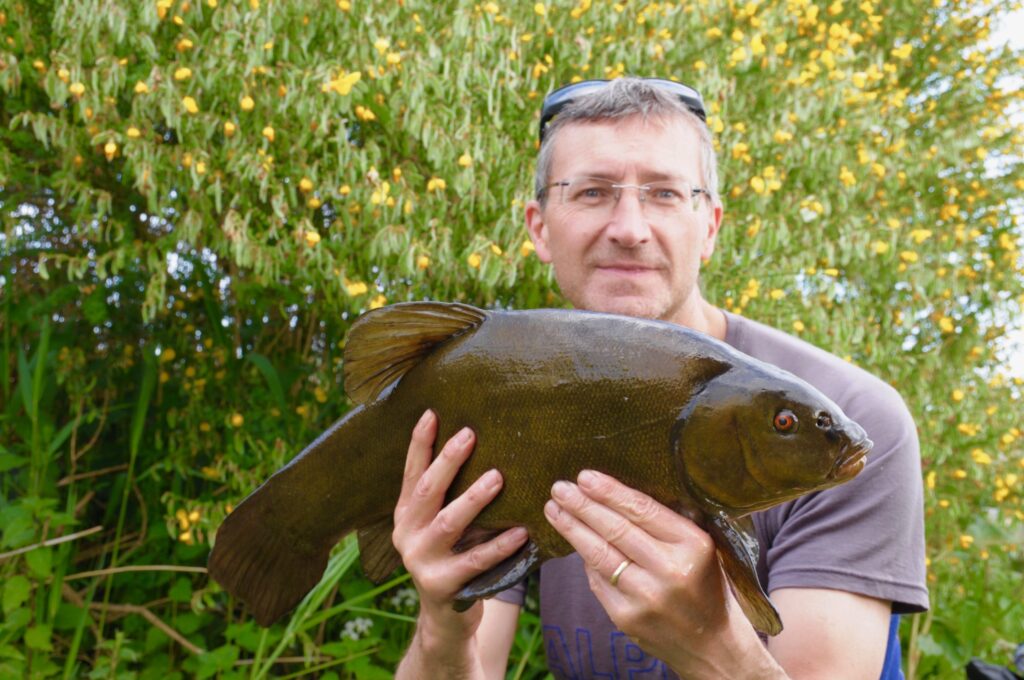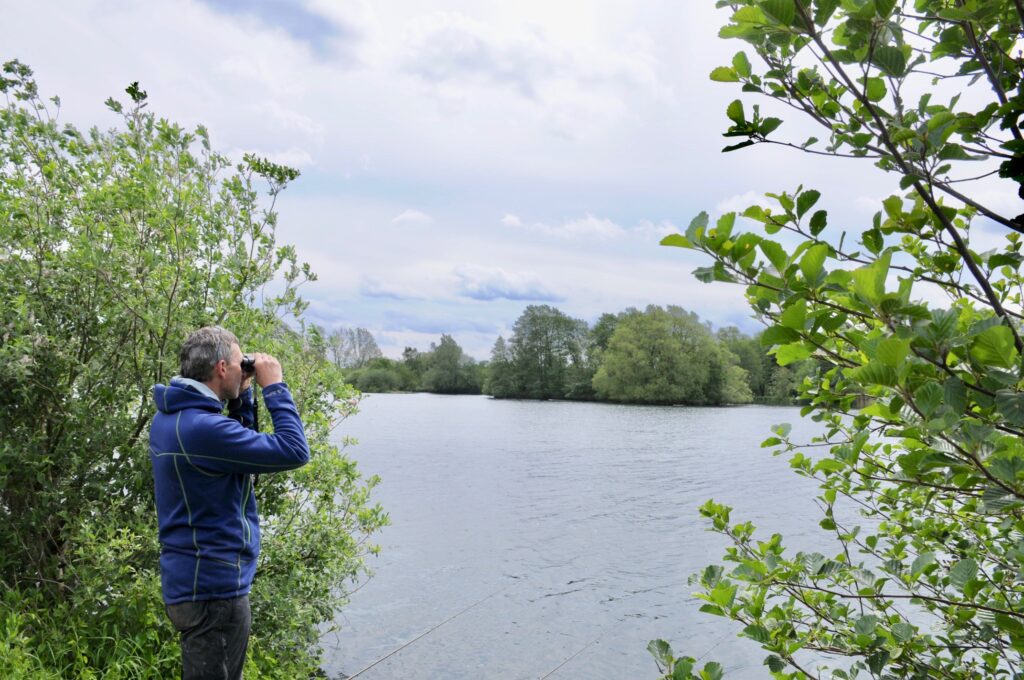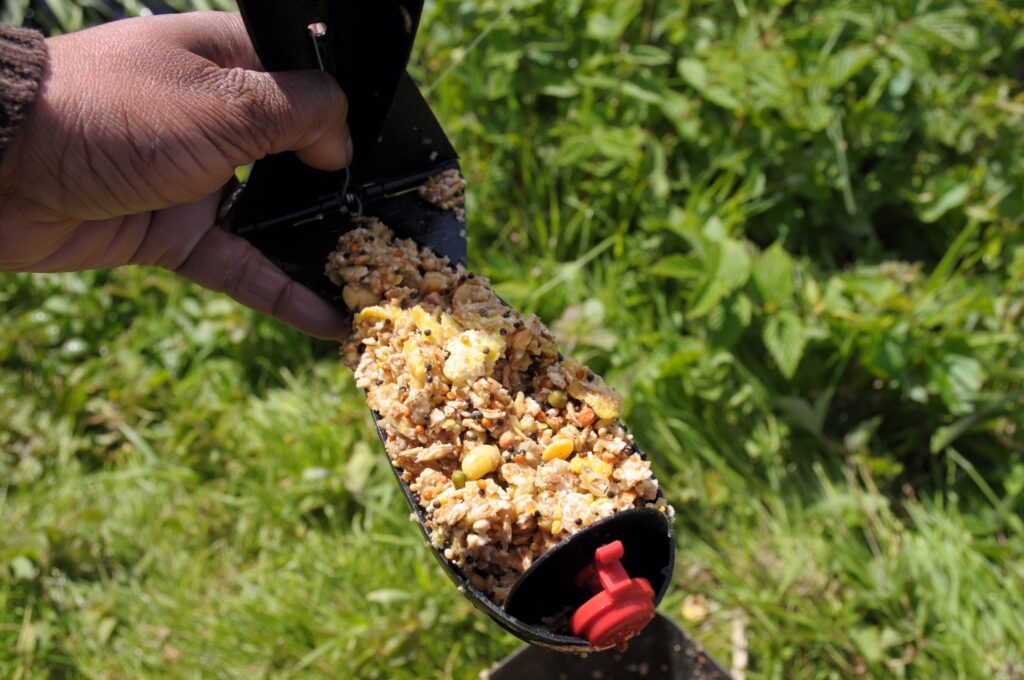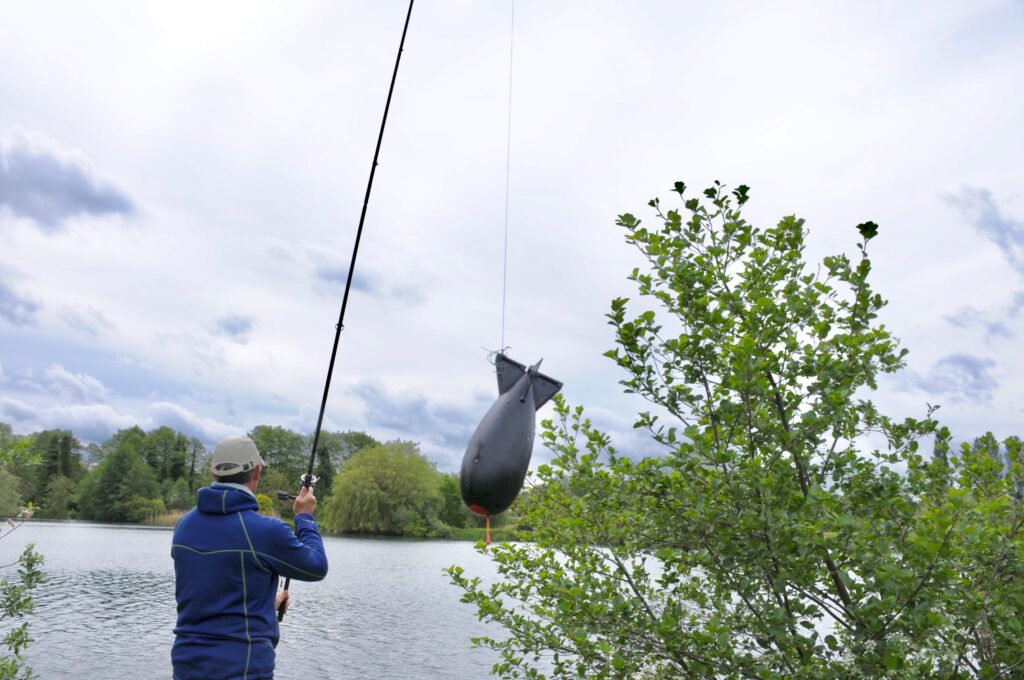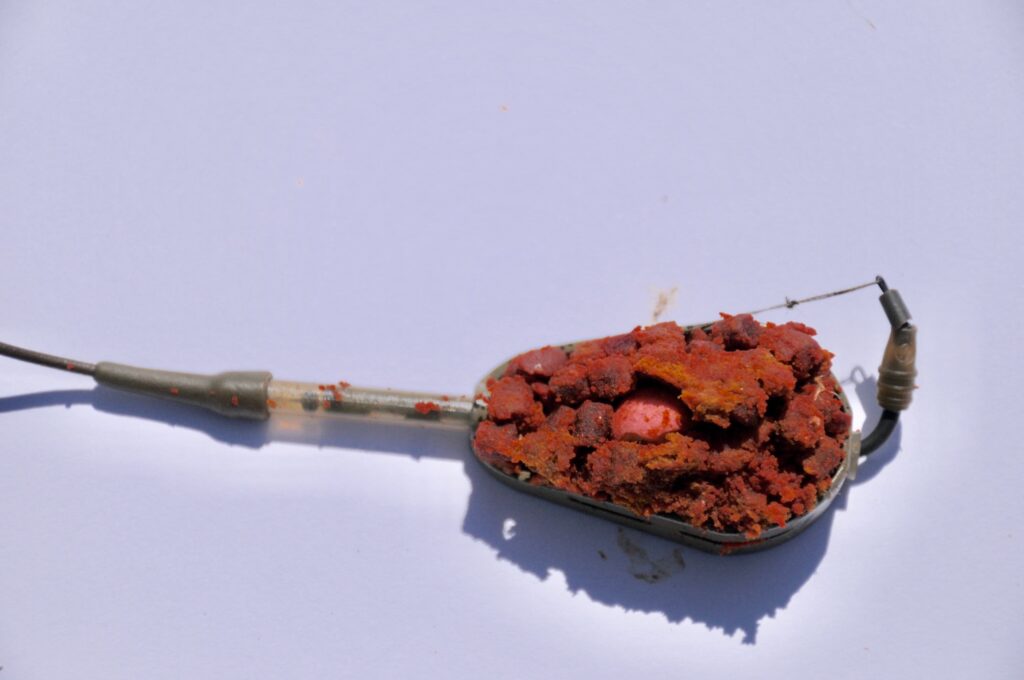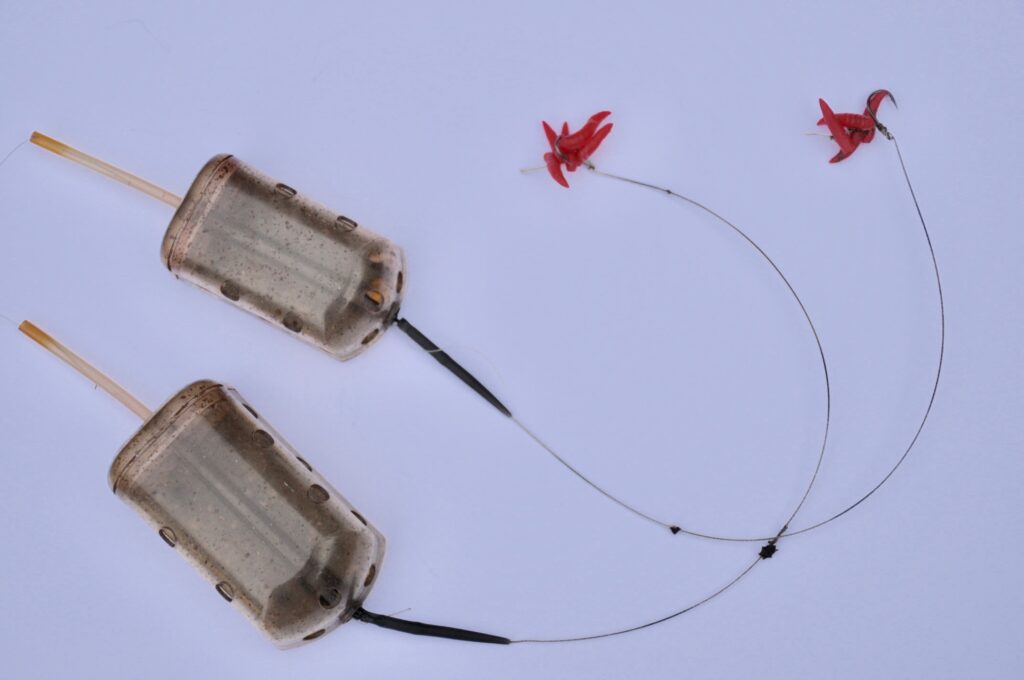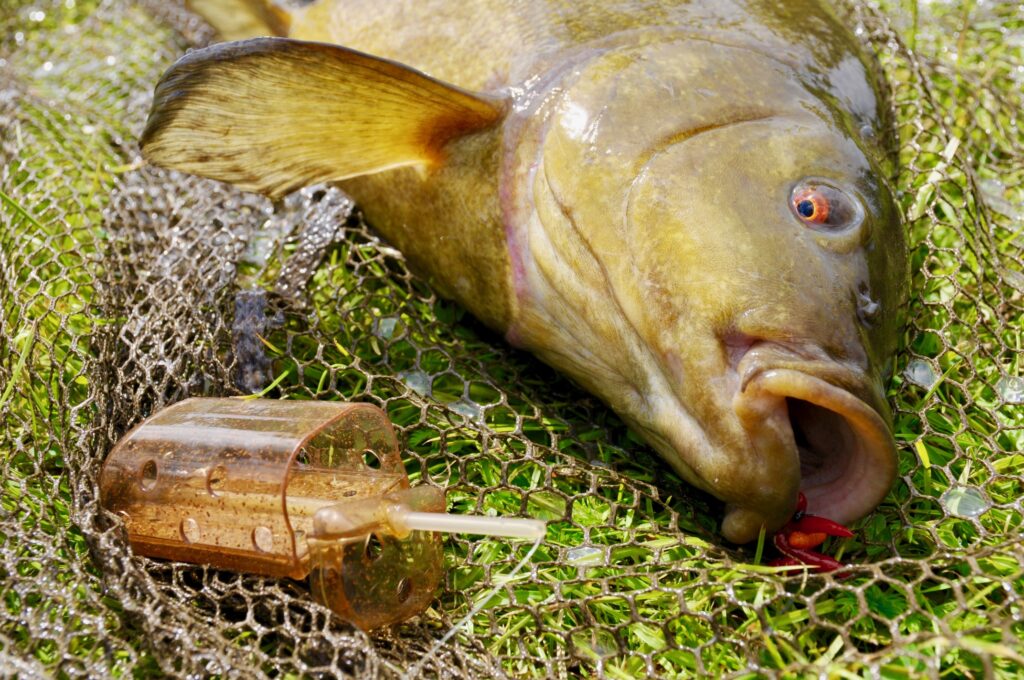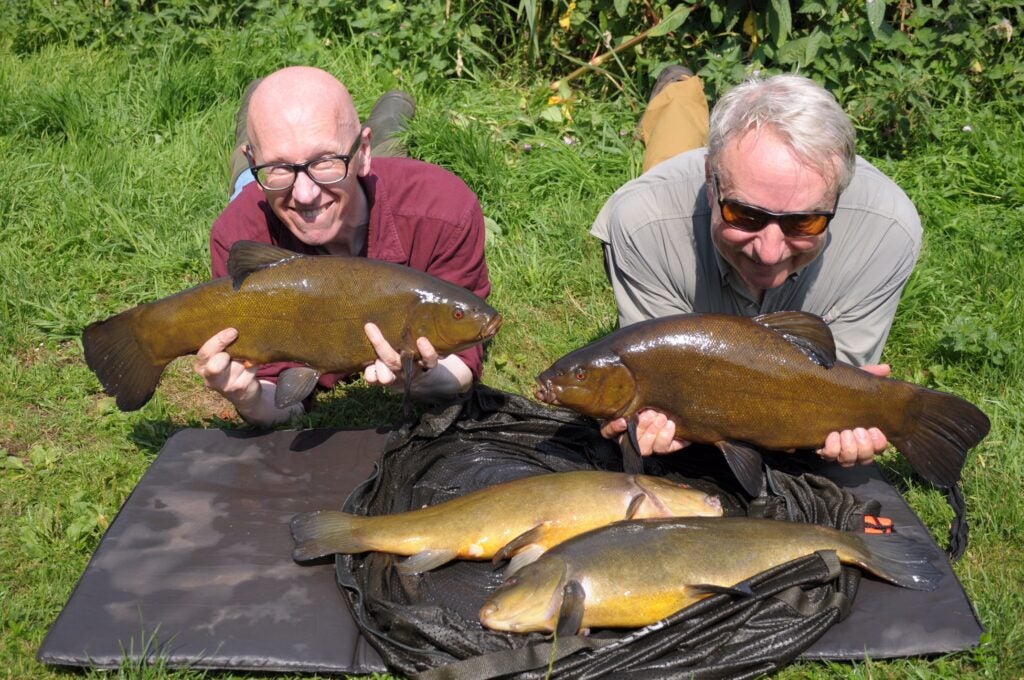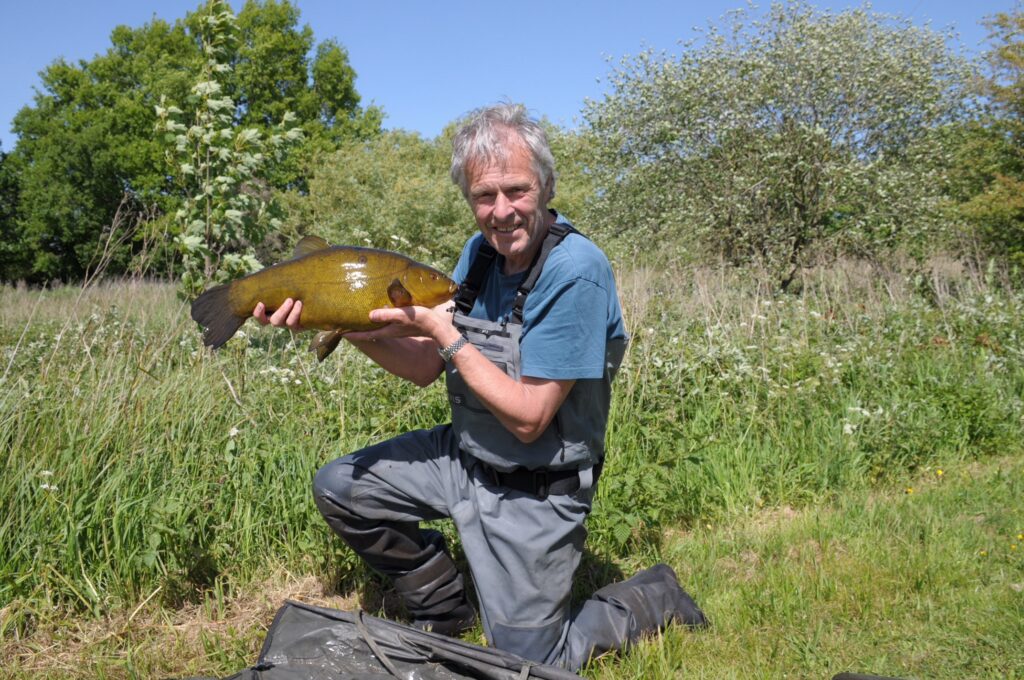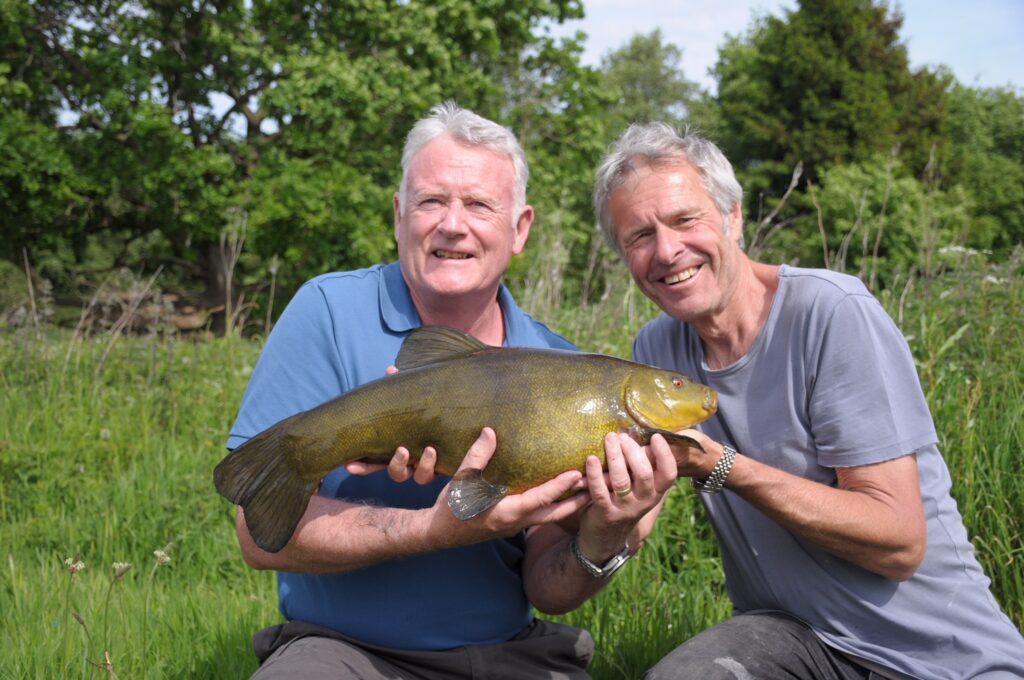#8 LEGERING IN ACTION
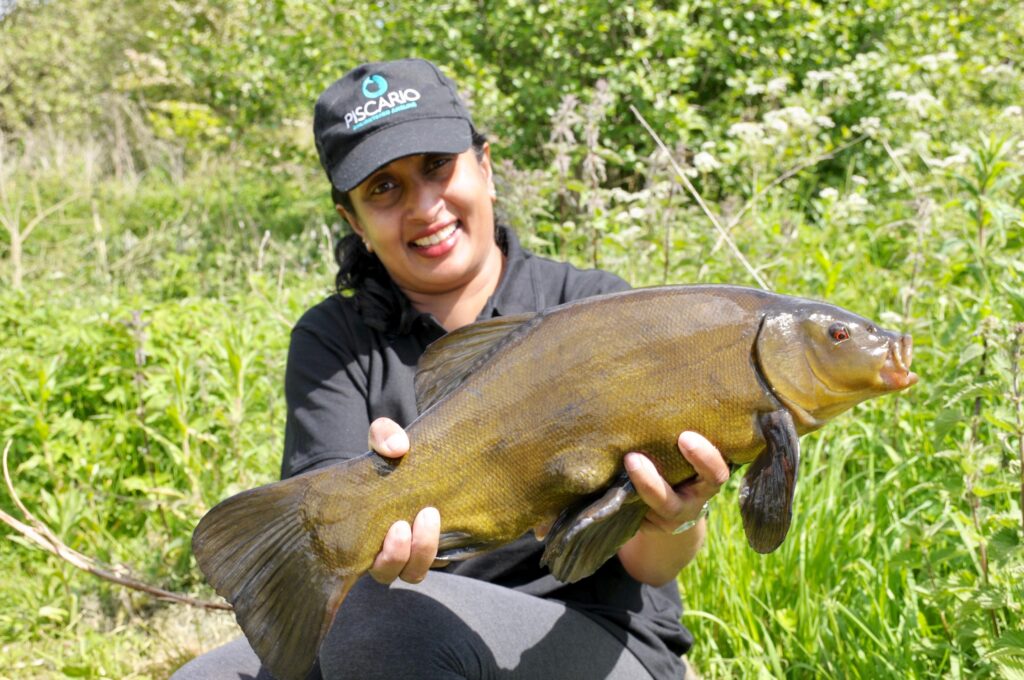

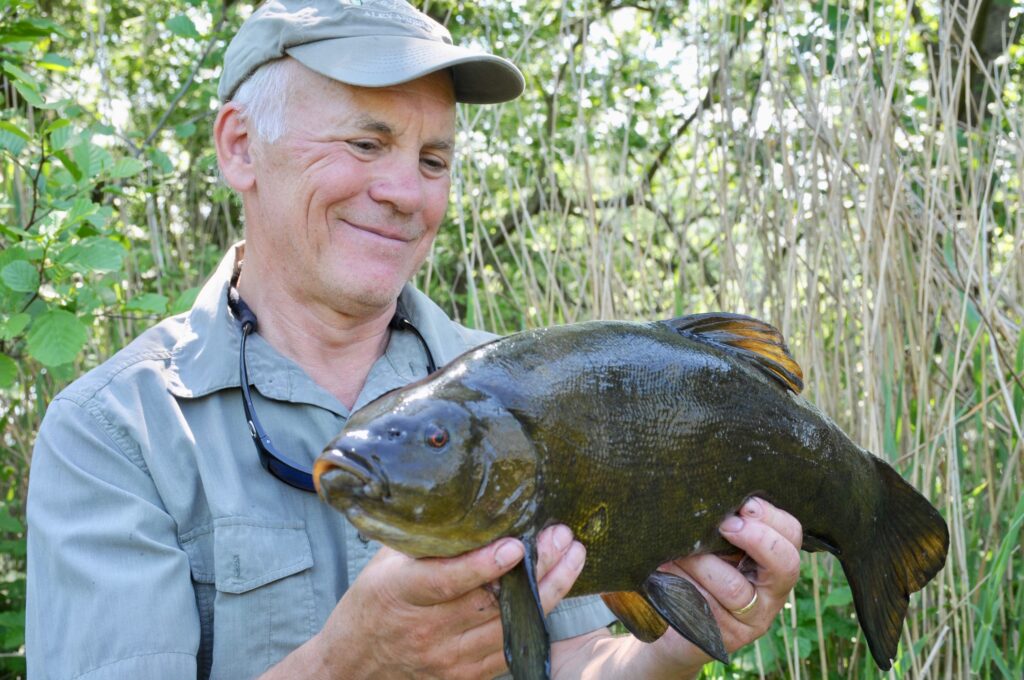

Feeder work, for that is what legering for tench is primarily about, probably isn’t seen as glamorous as float fishing, but in my world it is still gripping and fascinating, and I never feel like I have got to the bottom of it. What feeder fishing is undeniably about is blistering efficiency. I’d always think six or eight tench on a float is a red-letter day. Treble that number when fishing a feeder on many waters. By the law of averages, the more tench you land, the greater the likelihood of one being a monster for the water being fished. I’m totally aware size isn’t everything, but there are times when it counts for us all.
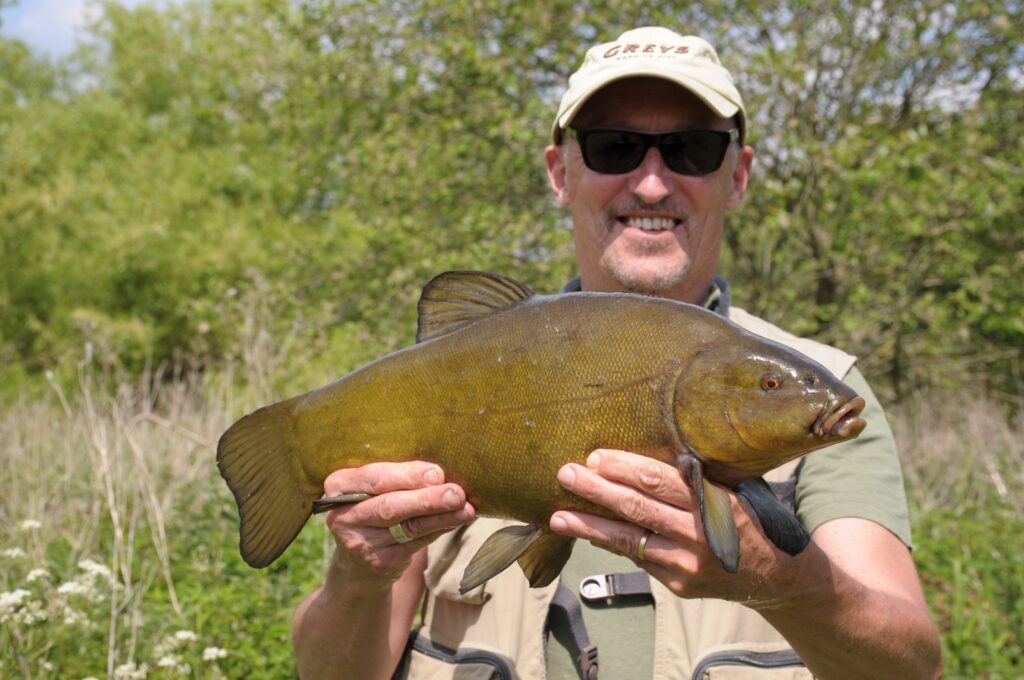

I like to get to the water as early as possible. It is probable that I have prebaited swims the night before, but I still like to see where tench are showing and giving me clues. If you can get there on the knell of dawn, great, especially if there is little wind and there has been no trace of a late frost. Binoculars will reveal the usual bubbling, rolling and splashing fish, so mark these areas for the future, or indeed, go attack them NOW!
SPOMB DELIVERS
In all probability, feeder work generally is beyond a scoop to deliver bait so my go-to is the Spomb, largest of the available sizes. The usual mix of Vitalin, maggots, boilie samples, and sometimes hemp, is the carpet I lay down, and loads sweetened with molasses repay the extra effort and expense… but buy from an equestrian shop and it won’t be too bad. Use a heavy pike rod, a big reel, braid, and Spomb for all you are worth. As April drifts into May, you cannot put too much bait out there.
I like to use three rods, reels loaded with 10lb breaking strain, as a rule. Now I can fish both blockend and method feeders with a range of hook baits and rig set-ups. I rotate and experiment ’till I find what the tench want on the day. The big Drennan blockends can deliver a pint of maggots an hour when I’m going well, so that adds to what the Spomb can get out there. If I’m with the method, I’ll prepare the mix quite stiff and press the hookbait well into it for the cast. I’ll watch the feeder in flight to make sure it does not break up airborne and cause a potential tangle.
WATCH THE TIP LIKE A HAWK
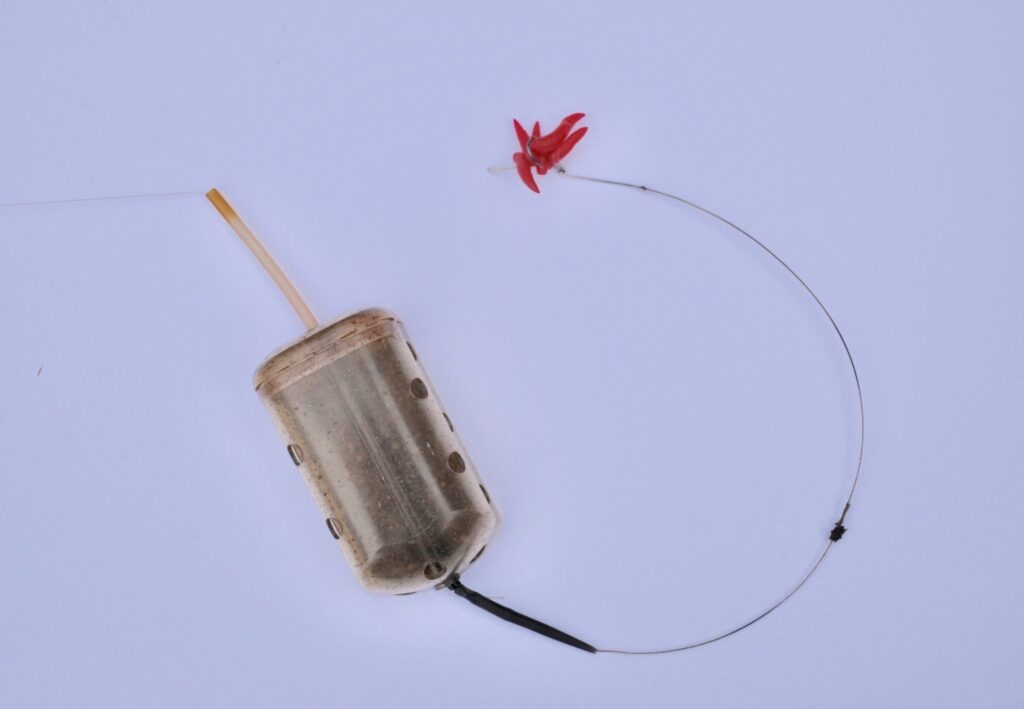

I tend these days to put the rod on a single rest, a buzzer if you want the audio warning. This means the rods are pointing up somewhat, but I like this a lot. I watch the rod tips, and the line from them to the water’s surface, like a hawk. I’m watching for any blips, knocks and twitches, just as much as full-blown runs. Some indications will be liners, but many will not, and if fish are out there and bites are not developing, than you have to work for a solution. Swap baits, hook lengths, and try baits popped up an inch or two, no more I’d advise for tench, but then no one knows everything.
If bites are developing but the fish aren’t quite sticking, then try bigger feeders, or tighten the reel’s clutch or baitrunner to provide more resistance and better hooking power. Above all, make sure your hooks are talon-sharp. They can easily loose that edge if they bounce over stones or mussel shells. Getting it right some sessions is all about hard graft, and realising the smallest tweaks can make a massive difference. That, once again, is where the three rod approach gives you the edge.
KEEP THAT ROD UP
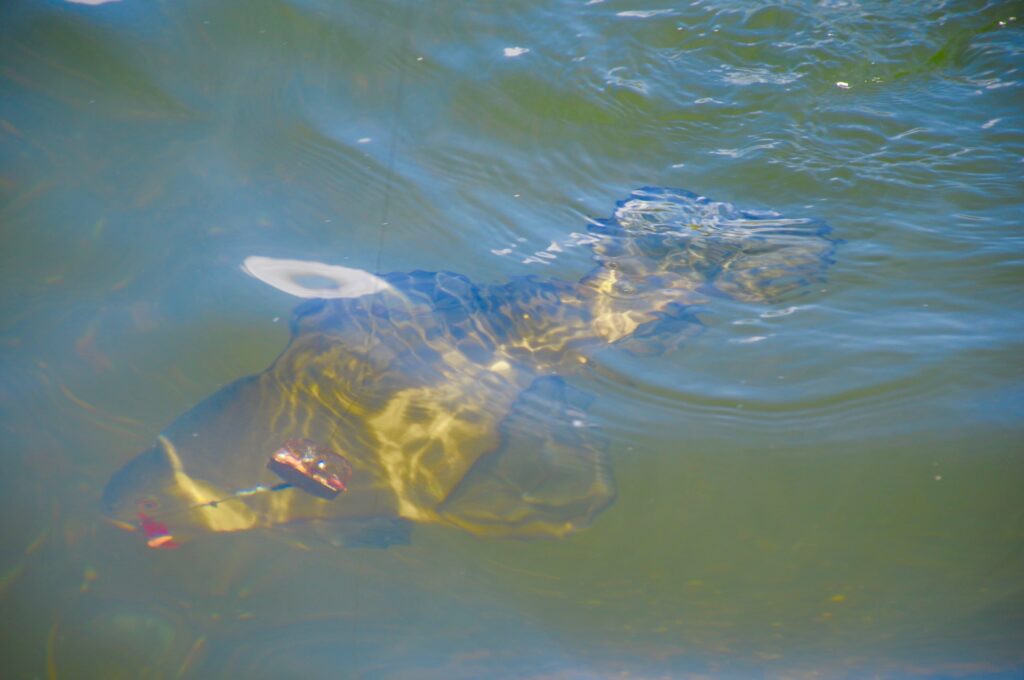

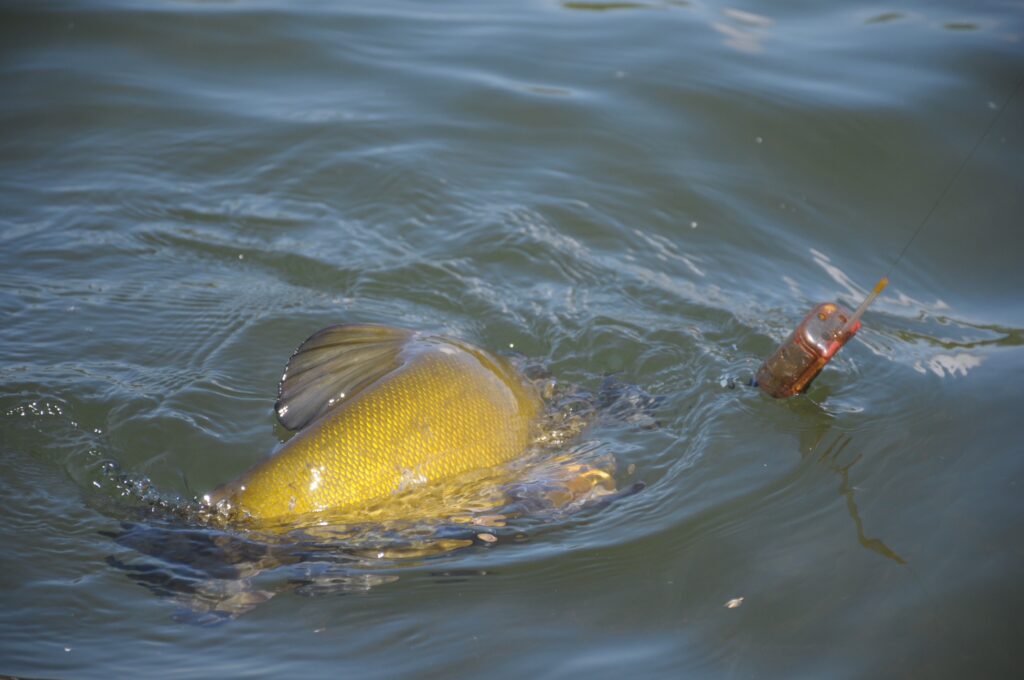

Play fish confidently because you have the gear for them. Keep the rod high and hold the fish up in the water column. Let the fish drop down and you run the risk of it getting into weed roots, bottom snags, and rubbing the line over the razor shells of the mussels and gravel bars. If the line keeps parting without obvious cause, swan mussels can be the culprit, so use lead core to offer some protection, or cast along a different line.
If there is absolutely nothing happening at all, think about a move. No fish showing. No runs. No bangs on the rod tip. Perhaps it is time to up sticks and try for those fish that you might have spied at first light. Just like you did when you were float fishing, ask long-stay carpers where they have seen or had tench action. In their eyes, they are giving you useless info so they will be uncommonly generous at times. At least with just three rods, three rests, a bag, a bucket, and a Spomb rod you can face a move without too much horror.
I rarely even take a chair. Partly this is because I might need to move, but also I never sit back and wait for tench to wander in. I’m always on it. I’m reeling rods in, changing and testing new bait combinations, Spombing, watching through binoculars, and generally thinking like crazy. The feeder approach is never the dull method some imagine, and I am always quite shattered at the end of a session. If I am not, then I am not happy I have done my best. If I blank, I am relaxed, providing I have tried every trick in the book – and then some.
